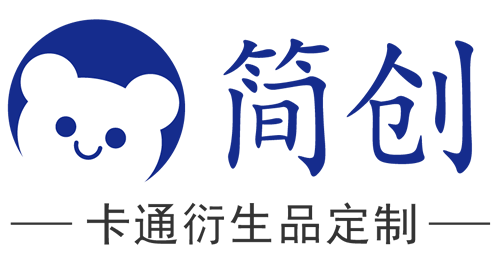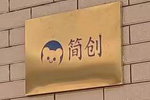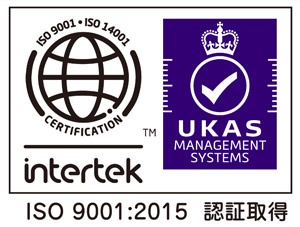there are eco-friendly options for animal Plush Toys. With increasing awareness of environmental issues, many manufacturers are creating plush toys that are kinder to the planet. Here are some ways to find and identify eco-friendly animal plush toys:
1. Organic Materials
Organic Cotton: Look for plush toys made from organic cotton, which is grown without the use of synthetic pesticides or fertilizers. This reduces environmental impact and is safer for children.
Natural Fibers: Some eco-friendly plush toys are made from other natural fibers like wool, bamboo, or hemp, which are biodegradable and sustainable.
2. Recycled Materials
Recycled Polyester: Many eco-friendly plush toys use recycled polyester filling made from post-consumer plastic bottles. This helps reduce waste and repurposes materials that would otherwise end up in landfills.
Recycled Fabric: Some toys are made from recycled fabric, which minimizes the need for new raw materials and reduces the environmental footprint.
3. Non-Toxic Dyes and Inks
Natural Dyes: Eco-friendly plush toys often use natural or low-impact dyes that are non-toxic and do not harm the environment during production. These dyes are safer for both the environment and children.
Water-Based Inks: Some plush toys are printed or decorated with water-based inks, which are less harmful to the environment compared to traditional solvent-based inks.
4. Ethical Manufacturing
Fair Trade Certified: Look for plush toys that are Fair Trade Certified, ensuring that they are made in facilities that adhere to ethical labor practices and support sustainable livelihoods for workers.
Locally Made: Choosing locally made plush toys can reduce the carbon footprint associated with transportation and support local economies.
5. Minimal Packaging
Eco-Friendly Packaging: Some companies package their plush toys in minimal, recyclable, or biodegradable packaging, reducing waste and the environmental impact of the product.
Plastic-Free Packaging: Look for plush toys that come in plastic-free packaging or packaging made from recycled materials.
6. Durability and Longevity
High-Quality Construction: Eco-friendly plush toys are often designed to be durable and long-lasting, reducing the need for frequent replacements and minimizing waste.
Repairable: Some eco-friendly brands offer repair services or provide instructions for simple repairs, extending the life of the plush toy.
7. Certifications to Look For
GOTS (Global Organic Textile Standard): This certification ensures that textiles are made from organic fibers and produced in environmentally and socially responsible ways.
OEKO-TEX Standard 100: This certification guarantees that the toy is free from harmful substances, making it safe for children and the environment.
FSC (Forest Stewardship Council): If the toy includes wooden parts or accessories, look for FSC certification, which indicates that the wood comes from responsibly managed forests.
8. Eco-Conscious Brands
Sustainable Brands: Seek out brands that are known for their commitment to sustainability and environmental responsibility. These brands often have transparent practices and prioritize eco-friendly materials in their products.
9. Upcycled and Handmade Toys
Upcycled Materials: Some eco-friendly plush toys are made from upcycled materials, giving new life to fabrics and textiles that would otherwise be discarded.
Handmade: Handmade plush toys from small, eco-conscious businesses often use sustainable materials and processes, supporting both the environment and local artisans.
10. Consider Second-Hand Options
Thrift Stores and Online Marketplaces: Buying second-hand plush toys is an eco-friendly option that reduces demand for new resources and keeps toys out of landfills.
Toy Swaps: Participate in toy swaps or exchanges, where gently used toys can find new homes, promoting a circular economy.










